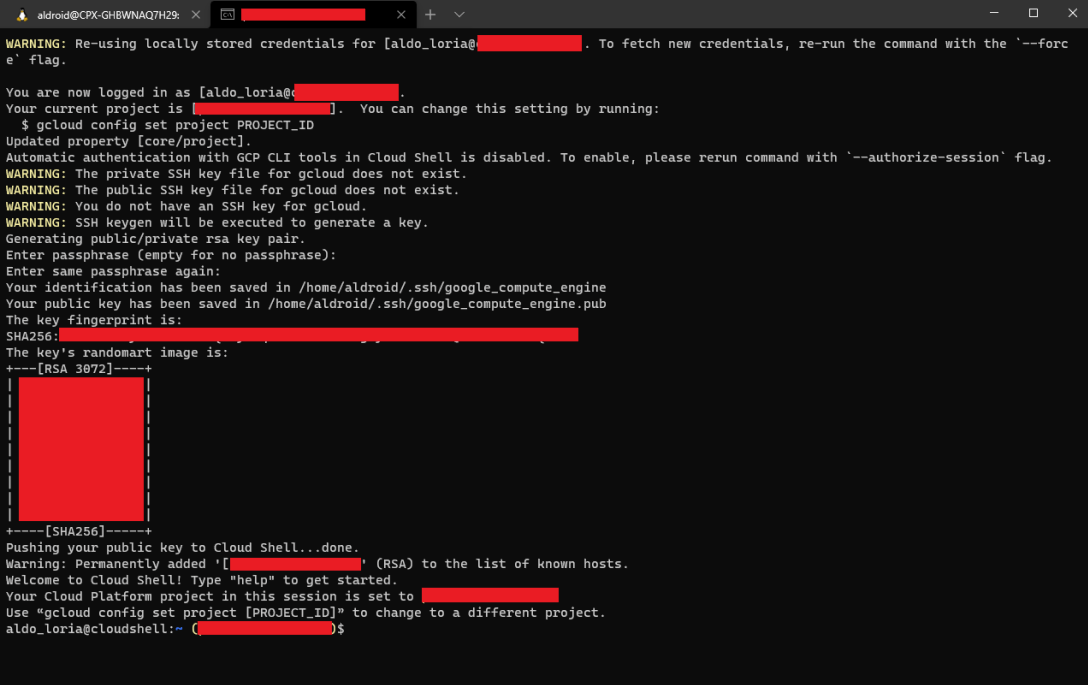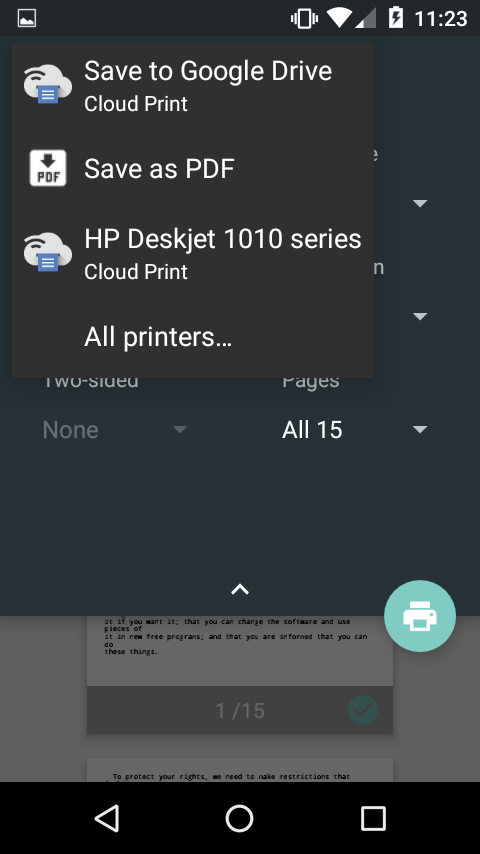

As with the above option, this allows people to print from Chrome and Chrome devices to local network printers.įigure B You also may add a printer from Chromebook or other Chrome OS device system settings. To do this, select the time (in the lower-right corner) then choose Settings (the sprocket) | Advanced | Printing | Printers, then select the printer icon to the right of Add Printer ( Figure B). If you use a Chromebook or Chromebox, you also might add a printer on your network from your device. When you add a printer this way, you enable printing from Chrome and Chrome devices to printers on your local network.įigure A A G Suite administrator may add and share printers, which lets people in an organization print to local printers. Alternatively, if you’re signed in with a G Suite administrator account, you may go directly to. To do this, sign in with a G Suite administrator account at, then choose Devices | Chrome Management (from the left-side menu) | Printers, then select the button in the lower right corner to add a printer ( Figure A). Add a printer in the G Suite Admin consoleĪ G Suite administrator may add and share a printer from within the Admin console. SEE: G Suite: Tips and tricks for business professionals (free PDF) (TechRepublic) 1. When you select and deploy a solution, it helps to have a list of the make, model, and IP address of the printers in your organization, as well as a list of the devices and operating systems from which you plan to print. Google Cloud Print alternatives to consider include native printing options–configured for everyone by a Google Workspace administrator or for a specific device by an individual–as well as third-party cloud-printing or printing-as-a-service vendors. Add a supported printer, share it with other people in your Google Workspace organization, and then people could print from anywhere with internet access. Since 2010, Google Cloud Print provided a cloud-friendly printing solution–especially for people who use Chrome, Chrome OS, and G Suite.
#Add a google cloud printer to windows software#
Top TechRepublic Academy training courses and software offerings of 2022īest project management software and tools 2022 Gartner identifies 25 emerging technologies in its 2022 hype cycle Google announced that support for Google Cloud Print ends in 2020, so if you rely on Google Cloud Print, don’t delay–you’ll need to find an alternative before January 1, 2021. It's time to choose an alternative printing solution. You can print to this printer using Google Cloud Print whenever you’re signed in with the same Google Account.Google Cloud Print alternatives: 5 options to check out before 2021Īct now-Google Cloud Print services will end in December 2020. The printer is now associated with your Google Account and connected to Google Cloud Print. Click Manage your printers to learn more. You'll see a confirmation that Google Cloud Print has been enabled. In the "Classic printers" section, click Add printers. The next screen will show a list of devices already registered with Google Cloud Print, and new devices available on the network.
:max_bytes(150000):strip_icc()/cloud_print_file4-5c455ecbc9e77c000104daee.jpg)
Scroll down to the “Google Cloud Print” section. Log in to your user account on the Windows, Mac, or Linux computer.Ĭlick the Chrome menu Chrome menu on the browser toolbar. Once Google Chrome is installed, follow the steps below to enable the Google Cloud Print connector in Google Chrome.
#Add a google cloud printer to windows windows#
If you're using Windows XP, make sure you also have the Windows XP Service Pack 3 (SP3) installed. You'll need Google Chrome to be installed on the computer.

To connect your classic printer, enable the Google Cloud Print connector on any (non-Chrome OS) computer that is already connected to your printer and able to print. If your printer is Cloud Ready, follow your manufacturer's provided instructions or see setting up your Cloud Ready printer.


 0 kommentar(er)
0 kommentar(er)
